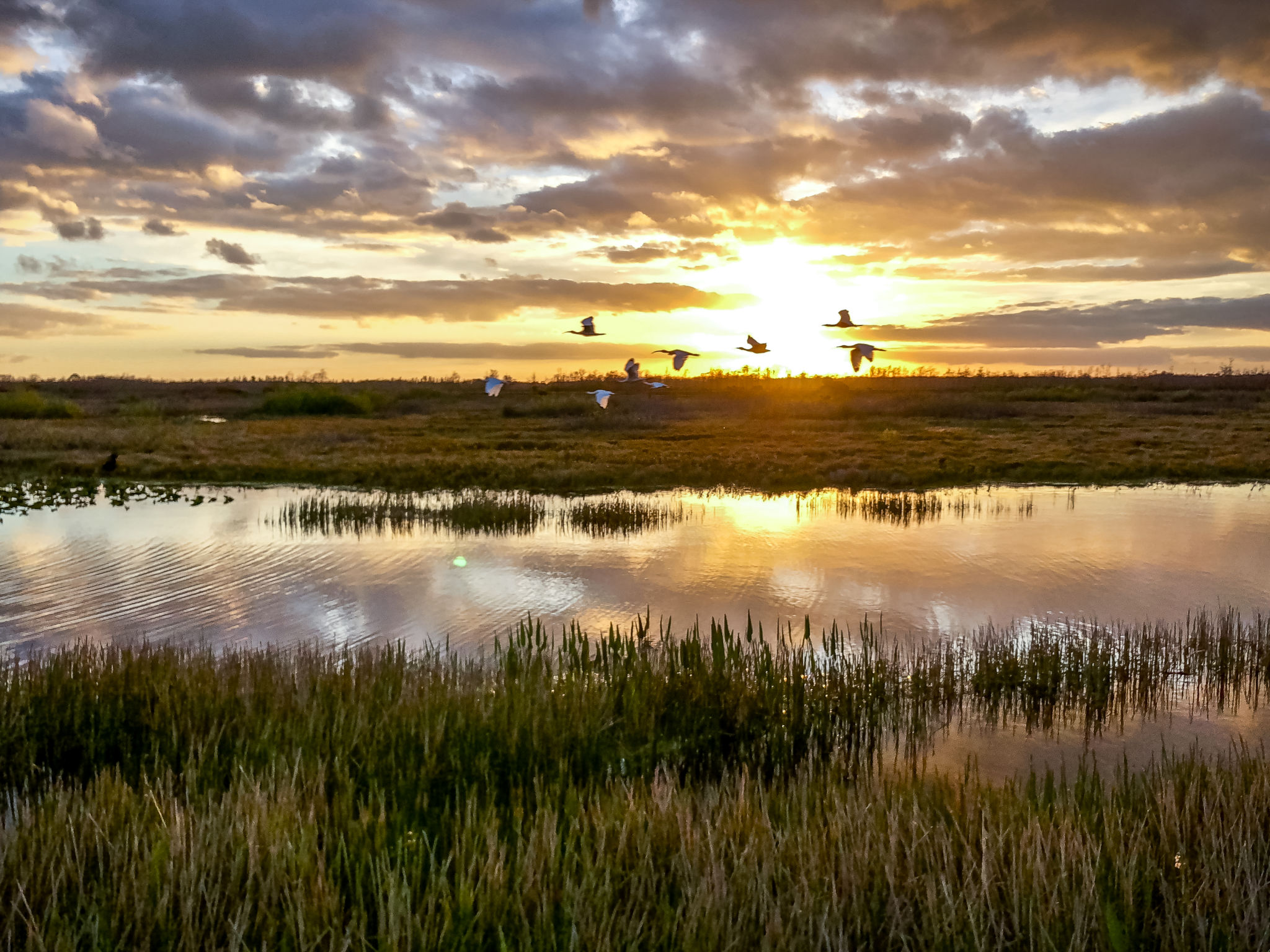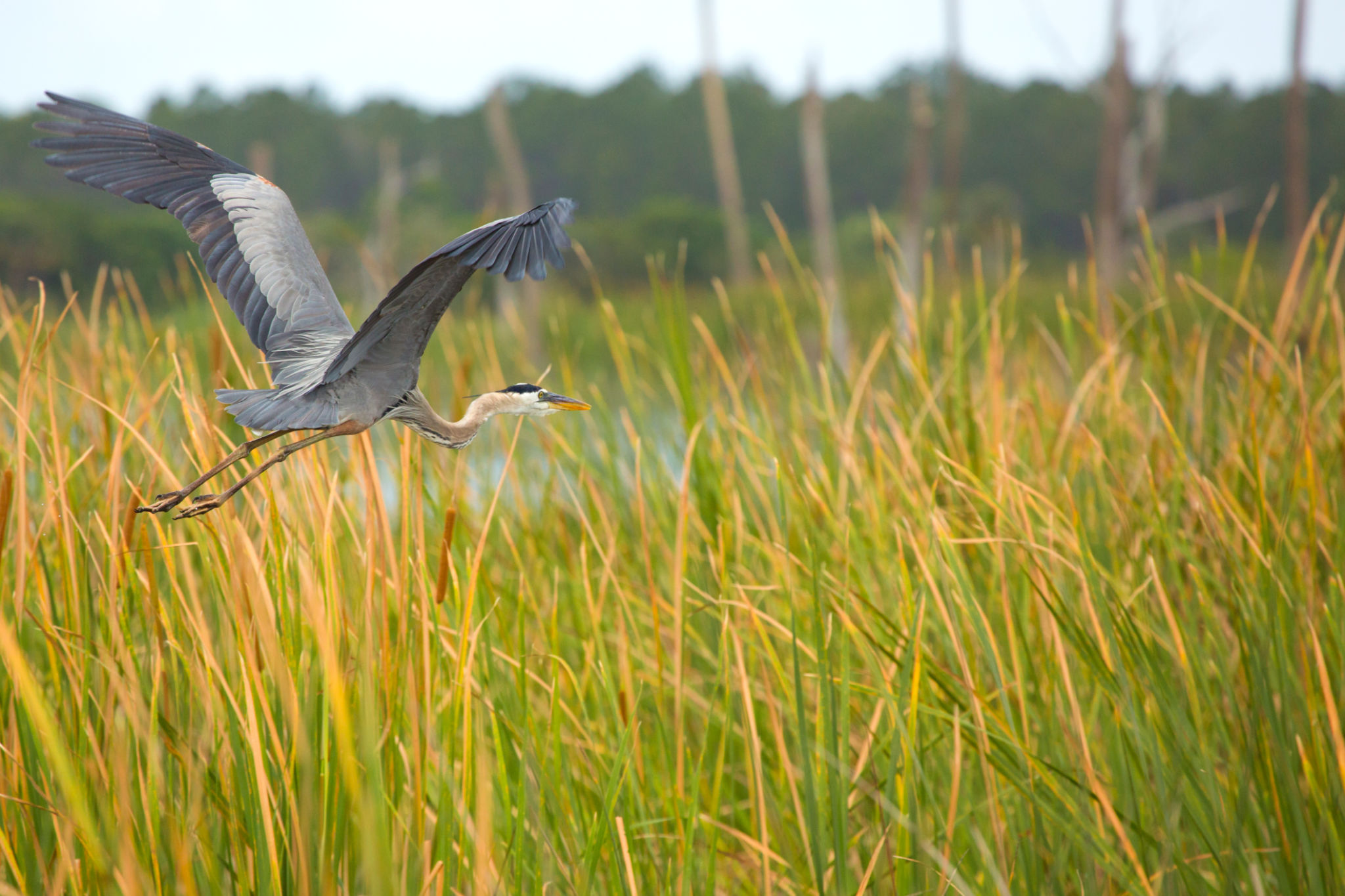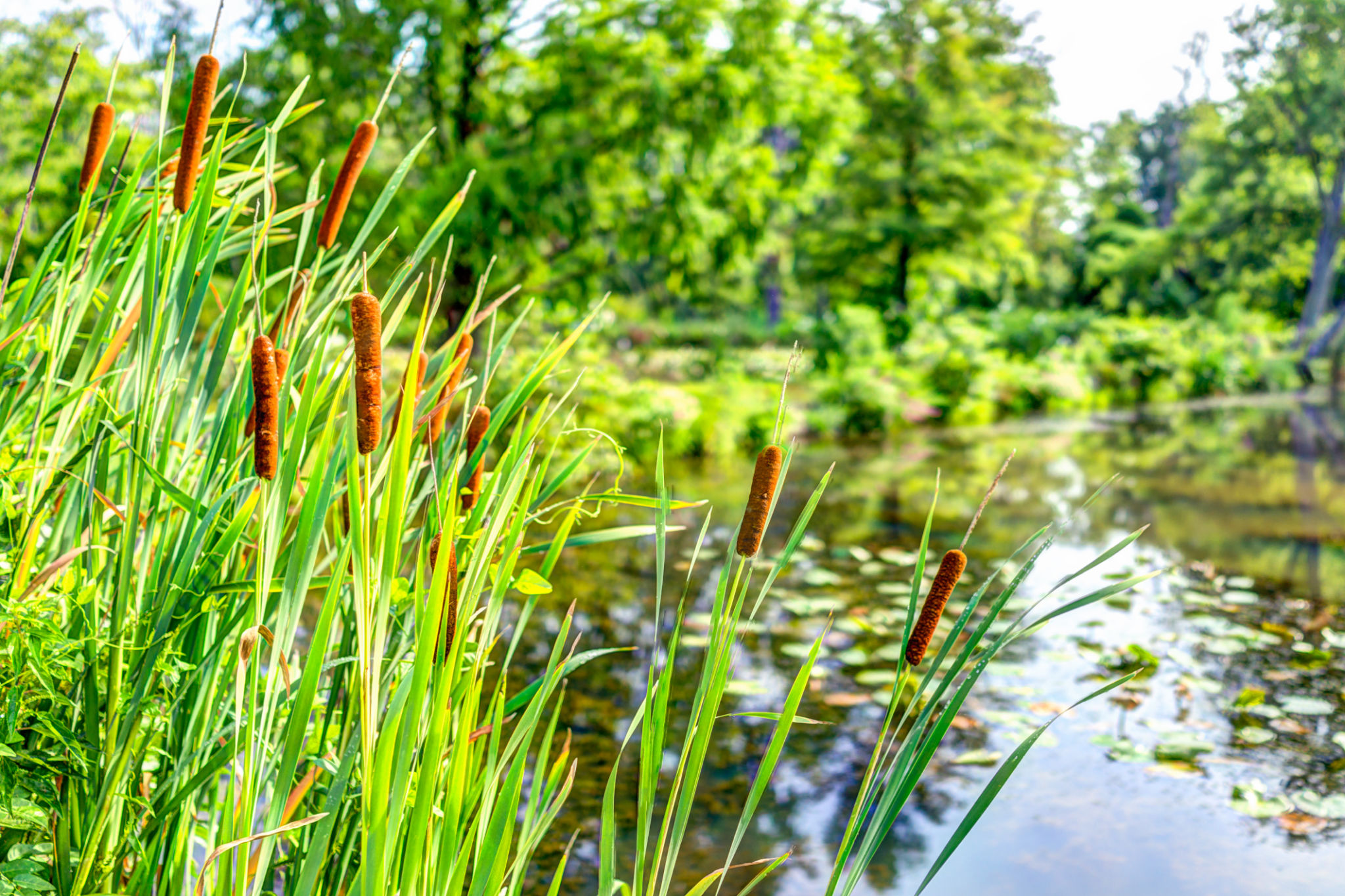The Importance of Wetland Restoration Projects in Florida's Ecosystem
Understanding Wetlands: Florida's Natural Treasure
Florida's wetlands are more than just picturesque landscapes; they are vital ecosystems that support a diverse array of flora and fauna. Covering nearly a third of the state, these areas are essential for maintaining biodiversity and providing critical services such as water purification and flood control. However, due to urban development and agriculture, Florida has lost a significant portion of its wetlands, making restoration projects crucial.
Wetlands serve as natural water filters, absorbing pollutants and trapping sediments that would otherwise degrade the quality of water bodies like rivers and lakes. This filtration capability is crucial in a state prone to heavy rainfall and flooding, as it helps maintain the health of aquatic ecosystems.

The Role of Wetland Restoration
Wetland restoration involves returning a degraded or former wetland area to its natural state. This process is vital in Florida, where wetlands have been drained or filled for development. Restoration projects aim to re-establish the natural hydrology and vegetation, allowing these ecosystems to function effectively once more.
One of the primary goals of wetland restoration is to enhance habitat for wildlife. Many endangered species, such as the Florida panther and the American crocodile, rely on wetlands for survival. By restoring these habitats, we ensure that these species have a fighting chance against extinction.

Benefits of Wetland Restoration
Restoring wetlands offers numerous environmental and economic benefits. Here are some significant advantages:
- Flood Control: Wetlands act as natural sponges, absorbing excess rainwater and reducing the risk of flooding in nearby areas.
- Water Quality Improvement: By filtering pollutants, restored wetlands help improve the quality of both surface and groundwater.
- Biodiversity Enhancement: Restored wetlands provide critical habitats for numerous plant and animal species, fostering greater biodiversity.
- Carbon Sequestration: Wetlands store carbon in their soil and vegetation, helping mitigate climate change impacts.

Community Involvement in Restoration Efforts
Community involvement is essential for the success of wetland restoration projects. Local communities can contribute by participating in restoration activities such as planting native vegetation or monitoring wildlife. Public awareness campaigns can also educate residents about the importance of wetlands and encourage sustainable practices to protect these ecosystems.
Partnerships between government agencies, non-profit organizations, and private landowners are critical. These collaborations can provide the funding and resources necessary to carry out large-scale restoration projects effectively.
A Sustainable Future for Florida's Wetlands
The future of Florida's wetlands depends on continued restoration efforts and public engagement. By prioritizing these projects, we can ensure that future generations inherit an environment rich in biodiversity and natural beauty. Moreover, healthy wetlands contribute to a resilient ecosystem capable of withstanding climate-related challenges.
In conclusion, wetland restoration is not just an environmental issue but a community endeavor that benefits everyone. By protecting and revitalizing these vital ecosystems, we safeguard Florida's natural heritage and promote sustainability for years to come.
